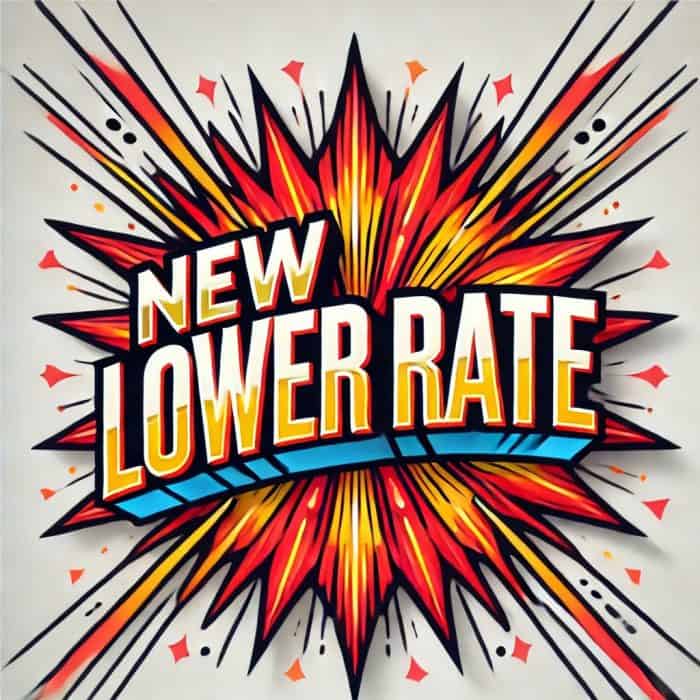Mortgage Renewals – 2.75 million Canadian Mortgage Renewals Before 2028!!
Mortgage Stress Test: Why It’s Protecting Homeowners Ahead of the 2026 Renewal Wave
If you locked in your mortgage around 2% five years ago, you probably remember grumbling about the federal “stress test.” At the time, qualifying at 5.25% felt unnecessary — almost punitive. Fast forward to today, and that very safeguard is proving to be one of the smartest policies in Canadian housing finance.
The Renewal Wave Is Coming
According to the latest CMHC report, Canada is heading into a busy period of mortgage renewals:
- 750,000 mortgages will renew in the second half of 2025
- Over 1 million more in 2026
- 940,000 in 2027
Even though the Bank of Canada has cut rates nine times since its peak tightening cycle, borrowing costs remain much higher than they were during the pandemic lows. In fact, the average five-year fixed uninsured mortgage rate in July 2025 was still 67% higher than five years earlier.
“Banks are ready for the almost 3 million mortgage renewals before 2028. Lets get you a strategy on how to get the best rates on your renewal. Its a quick 10 minute phone call and we usually send you back to your own bank with the data you need to get a better rate from them OR we can move you to a bank that does get you better rates.”
Mortgage Mark Herman, Top Calgary Mortgage Broker for renewal advice
Stress Test Success
Here’s the good news: borrowers who qualified at 5.25% back in 2020 are now proving resilient. The stress test ensured they could handle payments at rates much higher than what they actually received. That foresight is paying off:
- National mortgage delinquency rates fell in Q2 2025 — the first decline since 2022.
- While Ontario and BC saw arrears climb (reflecting higher property values and loan sizes), the overall system is holding steady.
- Fears of a “renewal cliff” have eased, thanks to both the stress test and recent rate cuts.
What This Means for You
If your mortgage is coming up for renewal in 2026, now is the time to plan. Options like refinancing, adjusting amortization, or exploring different products can help smooth the transition. The stress test gave you a buffer — but proactive planning will maximize your financial flexibility.
Call to Action: If your mortgage is set to renew in the next 12–18 months, let’s talk strategy. As a mortgage broker, I specialize in helping clients navigate renewals, refinances, and complex lending scenarios. Call me today to review your options and make sure you’re ready for what’s ahead.
Reverse Mortgage Specials: October 2025
The reverse mortgage market is surging yet remains undeserved by brokers that dabble in this product.
We have been doing Reverse Mortgages since 2005, and also did the largest Reverse Mortgage ever at the time (in 2014) for $720,000!!
With millions of Canadians approaching retirement and facing a savings shortfall, now’s the time to look into REVERSE MORTGAGE Options.
Mortgage Mark Herman, expert in Canadian Reverse Mortgages
The Numbers
3M
Canadian households retiring in the next 10 years
$1M
What most Canadians believe they need to retire
$272K
Average retirement savings for Canadians 65+
That’s a $728K gap—and reverse mortgages can help close it.
Right now 2 of the 3 big lenders have a special on.
- Available in AB, BC, ON, QC
- We’ll beat any posted rate for comparable reverse mortgages
HIGHLIGHTS of these lenders and their reverse mortgages:
- Tax-free cash for:
- Paying off an existing mortgage
- Debt consolidation
- Health care & renovations
- Living inheritance & gifts
- No monthly payments required
- No impact on federal retirement benefits
- 100% home ownership retained⁶
- Preserve investments & legacy while aging in place
Ready to start the conversation?
Reach out today to discover how reverse mortgages can grow your business—and help your clients thrive.
Reach me direct at 403- six81- 437six
I answer from 9-9 x 365.
#1 Mortgage Rate SPECIAL in Canada ⚡
|
|
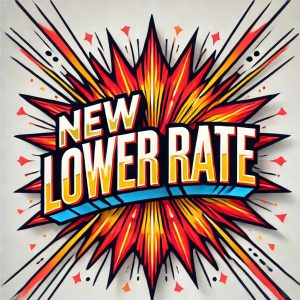
|
Canadian Residential Market Update
Fixed rates are slowly rising due to Trump’s inflationary policies and we see that continuing until tariffs are sorted out.In the mean time, now is a great time to buy as inventory is high and rates are only .4% above where they were before Covid.Mortgage Mark Herman, Top Calgary mortgage broker specializing in 1st time buyers.
Bank of Canada keeps interest rate policy unchanged for July 2025
The Bank of Canada announced today that it is keeping its benchmark interest rate at 2.75%.
This was widely expected and reflects the Bank’s expert interpretation of current macroeconomic data, including inflation.
Mark Herman, best Calgary mortgage broker for first time buyers.
The Bank’s observations are summarized with our outlook below.
Canadian Economic Performance and Employment
- In Canada, US tariffs are disrupting trade but overall, the economy is showing some resilience so far
- After robust growth in the first quarter of 2025 due to a pull-forward in exports to get ahead of tariffs, Canadian GDP likely declined by about 1.5% in the second quarter, a contraction mostly due to a sharp reversal in exports following the pull-forward, as well as lower US demand for Canadian goods due to tariffs
Growth in business and household spending is being restrained by uncertainty
Labour market conditions have weakened in sectors affected by trade, but employment has held up in other parts of the economy
The unemployment rate has moved up gradually since the beginning of the year to 6.9% in June and wage growth has continued to ease
A number of economic indicators suggest excess supply in the economy has increased since January
Canadian Inflation and Shelter Prices
- Inflation measured by the Consumer Price Index (CPI) was 1.9% in June, up slightly from the previous month.
- Excluding taxes, inflation rose to 2.5% in June, up from around 2% in the second half of last year, largely reflecting an increase in non-energy goods prices
High shelter price inflation remains the main contributor to overall inflation, but it continues to ease
Based on a range of indicators, underlying inflation is assessed to be around 2½%.
Global Economic Performance, Bond Yields and F/X
- While US tariffs have created volatility in global trade, the global economy has been reasonably resilient
In the United States, the pace of growth moderated in the first half of 2025, but the labour market has remained solid
US CPI inflation “ticked up” in June with some evidence that tariffs are starting to be passed on to consumer prices
The euro area economy grew modestly in the first half of the year
In China, the decline in exports to the United States has been largely offset by an increase in exports to the rest of the world
Global oil prices are close to their levels in April despite some volatility
Global equity markets have risen, and corporate credit spreads have narrowed
Longer-term government bond yields have moved up
Canada’s exchange rate has appreciated against a broadly weaker US dollar
No GDP Projections in July Monetary Policy Report
While some elements of US trade policy have started to become “more concrete” in recent weeks, the Bank notes that trade negotiations are fluid, threats of new sectoral tariffs continue, and US trade actions remain unpredictable.
Against this backdrop, the Bank’s July Monetary Policy Report does not present conventional base case projections for GDP growth and inflation in Canada and globally. Instead, the Report presents a current tariff scenario based on tariffs in place or agreed as of July 27, and two alternative scenarios—one with an escalation and another with a de-escalation of tariffs.
Modest Growth Outlook
The Bank notes that the current tariff scenario has global growth slowing modestly to around 2.5% by the end of 2025 before returning to “around 3%” over 2026 and 2027.
The Bank further postulates that in the current tariff scenario, after contracting in the second quarter, GDP growth picks up to about 1% in the second half of this year as exports stabilize and household spending increases gradually. In this scenario, economic slack persists in 2026 and diminishes as growth picks up to close to 2% in 2027. In the de-escalation scenario, economic growth rebounds faster, while in the escalation scenario, the economy contracts through the rest of this year.
In the current tariff scenario, the Bank would expect total inflation to stay close to 2% over the scenario horizon as the upward and downward pressures on inflation roughly offset. However, it notes there are risks around this inflation scenario. As the alternative scenarios illustrate, lower tariffs would reduce the direct upward pressure on inflation and higher tariffs would increase it. In addition, many businesses are reporting costs related to sourcing new suppliers and developing new markets. These costs could add upward pressure to consumer prices.
With still high uncertainty, the Canadian economy showing some resilience, and ongoing pressures on underlying inflation, the Bank’s Governing Council decided to hold the policy interest rate unchanged.
It offered that it will continue to assess the timing and strength of both the downward pressures on inflation from a weaker economy and the upward pressures on inflation from higher costs related to tariffs and the reconfiguration of trade. If a weakening economy puts further downward pressure on inflation and the upward price pressures from the trade disruptions are contained, the Bank offered that “there may be a need for a reduction in the policy interest rate.”
Final comments
Governing Council added that it is proceeding carefully, with particular attention to the risks and uncertainties facing the Canadian economy. These include: the extent to which higher US tariffs reduce demand for Canadian exports; how much this spills over into business investment, employment and household spending; how much and how quickly cost increases from tariffs and trade disruptions are passed on to consumer prices; and how inflation expectations evolve.
I added: “We are focused on ensuring that Canadians continue to have confidence in price stability through this period of global upheaval. We will support economic growth while ensuring inflation remains well controlled.”
Next scheduled BoC rate announcement
The Bank is scheduled to make its next scheduled policy interest rate decision of 2025 on September 17th.
Probably the end of Mortgage Rate Reductions for Canada
Expert opinions on Bank of Canada interest rate cuts are shifting. A growing number of market watchers are backing away from their predictions of two more reductions this year. Several are now saying the Bank has likely reached the end of the current trimming cycle.
Back in April we said that Prime is probably going to stay where it is now; discounting the expected 4 more reduction to 0.
that looks to have come true.
5-year fixed is the way to go to side-step all the world’s recent happenings .
Mortgage Mark Herman, best Calgary mortgage broker near me.
The central bank held its trend-setting Policy Rate at 2.75% for a second time in its decision on June 4. Since then, inflation numbers and Gross Domestic Product readings have given the BoC reasonable grounds to stand pat.
Statistics Canada’s latest figures for GDP show it declined by 0.1% in April compared to March. Much of that decline was led by the manufacturing sector, which is falling victim to U.S. tariffs and trade uncertainty. A similar reduction is forecast for May. While many economists admit the slowdown shows the economy is softening, they say it is not on the verge of collapse. GDP is 1.3% higher that it was a year earlier.
The other key factor in the Bank’s rate decisions, inflation, held steady at 1.7% in May. That headline number is actually below the Bank’s target of 2.0% and would normally suggest there is room for a further rate cut. However, that is a little deceiving.
Headline inflation (aka the Consumer Price Index) continued to be skewed by the elimination of the consumer carbon tax. As well, core inflation, which is the BoC’s preferred measure, remains stuck at 3.0%, which is the high end of the Bank’s desired inflation range.
The Bank finds itself trying to balance economic growth against the risk of rising inflation. The Bank’s next interest rate announcement is set for July 30.
Canadian Mortgage Economic Data, June 4th, 2025
The Bank of Canada announced today that it is keeping its benchmark interest rate at 2.75%, unchanged from April (and March) of 2025.
As noted under “Rationale”, the Bank appears to be in a holding pattern until it gains more information on the direction of US trade policy and its impact on Canada.
Below, is a summary of the Bank’s observations and its outlook.
Summary – the 5-year fixed is the best option for June 2025 and July 2025 so far. ensure you get a rate hold are rates are creeping up.
Mortgage Mark Herman, top Calgary Mortgage Broker for First Time Buyers
Canadian Economic Performance, Housing, Employment and Outlook
- Economic growth in the first quarter came in at 2.2%, slightly stronger than the Bank had forecast, while the composition of GDP growth was largely as expected
- The pull-forward of exports to the United States and inventory accumulation boosted activity, with final domestic demand “roughly flat”
- Strong spending on machinery and equipment held up growth in business investment by more than expected
- Consumption slowed from its very strong fourth-quarter pace, but continued to grow despite “a large drop” in consumer confidence
- Housing activity was down, driven by a sharp contraction in resales; government spending also declined
- The labour market has weakened, particularly in trade-intensive sectors, and unemployment has risen to 6.9%
- The economy is expected to be considerably weaker in the second quarter, with strength in exports and inventories reversing and final domestic demand remaining subdued
Canadian Inflation
- Inflation eased to 1.7% in April, with the elimination of the federal consumer carbon tax shaving 0.6 percentage points off the Consumer Price Index
- Excluding taxes, inflation rose 2.3% in April, slightly stronger than the Bank had expected
- The Bank’s preferred measures of core inflation, as well as other measures of underlying inflation, moved up
- Recent surveys indicate that households continue to expect that tariffs will raise prices and many businesses say they intend to pass on the costs of higher tariffs
- The Bank will be watching all of these indicators closely to gauge how inflationary pressures are evolving
Global Economic Performance
- While the global economy has shown resilience in recent months, this partly reflects a temporary surge in activity to get ahead of tariffs
- In the United States, domestic demand remained relatively strong but higher imports pulled down first-quarter GDP
- US inflation has ticked down but remains above 2%, with the price effects of tariffs still to come
- In Europe, economic growth has been supported by exports, while defence spending is set to increase
- China’s economy has slowed as the effects of past fiscal support fade; more recently, high tariffs have begun to curtail Chinese exports to the US
- Since financial market turmoil in April, risk assets have largely recovered and volatility has diminished, although markets remain sensitive to US policy announcements
- Oil prices have fluctuated but remain close to their levels at the time of the April Monetary Policy Report
Rationale
With uncertainty about US tariffs still high, the Canadian economy softer but not sharply weaker, and some unexpected firmness in recent inflation data, the Bank’s Governing Council decided to hold the policy rate steady “as we gain more information on US trade policy and its impacts.
Looking Ahead: Uncertainty Remains High
The Bank noted that since its April Monetary Policy Report, the US administration has continued to increase and decrease various tariffs. China and the United States have stepped back from extremely high tariffs and bilateral trade negotiations have begun with a number of countries. However, the Bank said the outcomes of these negotiations “are highly uncertain,” tariff rates are well above their levels at the beginning of 2025, and new trade actions are still being threatened. Uncertainty remains high.
As a result, the Bank says it is proceeding carefully, with particular attention to the risks and uncertainties facing the Canadian economy. These include: the extent to which higher US tariffs reduce demand for Canadian exports; how much this spills over into business investment, employment and household spending; how much and how quickly cost increases are passed on to consumer prices; and how inflation expectations evolve.
Final comments
Today’s announcement ended with the following statement from the Bank’s Governing Council: “We are focused on ensuring that Canadians continue to have confidence in price stability through this period of global upheaval. We will support economic growth while ensuring inflation remains well controlled.”
Next scheduled BoC rate announcement
The Bank is scheduled to make its fifth policy interest rate decision of 2025 on July 9th.
GST Rebate for 1st Time Home Buyers
We have had lots of questions about this proram.
The legislation has been tabled, but is not done yet. As of today, and it is for contracts written May 27, 2025 or later.
Updates as they come in.
We have a 4-plex buyer who is purchasing a newly constructed 4-plex in Calgary at $1,250,000. His rebate is about 60k – now that is now pretty substantial!
Mortgage Mark Herman, 1st time buyer and move up mortgage specialist in Calgary Alberta.
BMO & CIBC: Not on list of Top-11 banks in Canada
Wow hey??
Who would guess that 2 of Big-6 banks that millions of Canadians “think they have a financial relationship with” did not even make the list of the Top-11 banks in Canada.
It is surprising the amount of customers that call us looking to “beat their bank’s mortgage rate” when they should be looking at if they should even be doing mortgage business at their main personal bank.
Mortgage Mark Herman, Calgary Alberta new home buyer and mortgage renewal specialist of 21 years.
We recommend that they also look at the T’s & C’s – Terms and Conditions – to their own bank’s mortgages to find:
- Payout penalties that are 500% to 800% – yes, 5x to 8x the amount of payout penalties at broker banks.
- Their renewal rates are usually always at rates higher than what Broker Banks offer – because Broker Banks know the broker that placed you there will jump at the chance to move them to a different bank, for a better/ market rate, and then we get paid again. Big-6 banks don’t have to worry about that because you are usually not aware of market rates.
- SELF-employed mortgage holders are often “worked over by the Big-6 banks” whereas, Broker Banks are more than happy doing tons for self-employed business owners.
Here’s the full list of Canada’s best banks for 2025, according to Forbes:
- Tangerine
- Simplii Financial
- RBC
- PC Financial
- Vancity
- EQ Bank
- TD
- Scotiabank
- National Bank
- Desjardins
- ATB Financial
footnote: link action here https://www.narcity.com/best-banks-in-canada-forbes-2025
RBC Mortgage Payout Penalties Skyrocket in 2025
Details of the recent actions RBC has taken to INCREASE THE PAYOUT PENALTY for their own customers.It shows that Big-6 Banks are not your best -mortgage- friend. Brokers Are!Mortgage Mark Herman, Top Calgary Alberta mortgage broker
If you’re seeking a textbook case of banks giving consumers the short end of the stick, look no further.
The nation’s biggest mortgage lender, RBC, just slashed its posted rates.
“RBC’s move is the biggest move to increase penalties (IRDs) since its posted rates peaked on September 20, 2023,” says Matt Imhoff, founder of Prepayment Penalty Mentor.
For those fluent in the dark arts of interest rate differential (IRD) charges, this spells disaster for anyone daring to escape their RBC mortgage shackles early. Here’s precisely how grim it gets…
This is what RBC did to its posted rates today (Friday):
- 5 Year: -30 bps
- 4 Year: -25 bps
- 3 Year: -35 bps
- 2 Year: -85 bps
- 1 Year: -55 bps
- 6 Month: -55 bps
Anyone attempting to break a 2, 5, 7, or 10-year RBC mortgage now is potentially in for a world of penalty hurt due to these changes.
By way of example, if you’re an originator poaching a $500,000 RBC 4.4% 3-year fixed originated in July 2024, that client would be staring down a penalty of approximately $17,500, Imhoff says.
That’s up almost $10,000 in one day—simply because RBC slashed the comparison rate (its 2-year posted rate in this case).
In other words, the 255 bps “discount” from posted that this customer got in 2024 is now like a financial boomerang, coming back to hit them hard Imhoff says.
“This IRD is significantly higher than it should be, and that’s the risk of going with a bank where posted rates are elevated.”
In the above example, the client’s only option to avoid more than a three-month interest penalty would be to ride out their RBC term until they have just 1.41 years remaining (per the chart below).
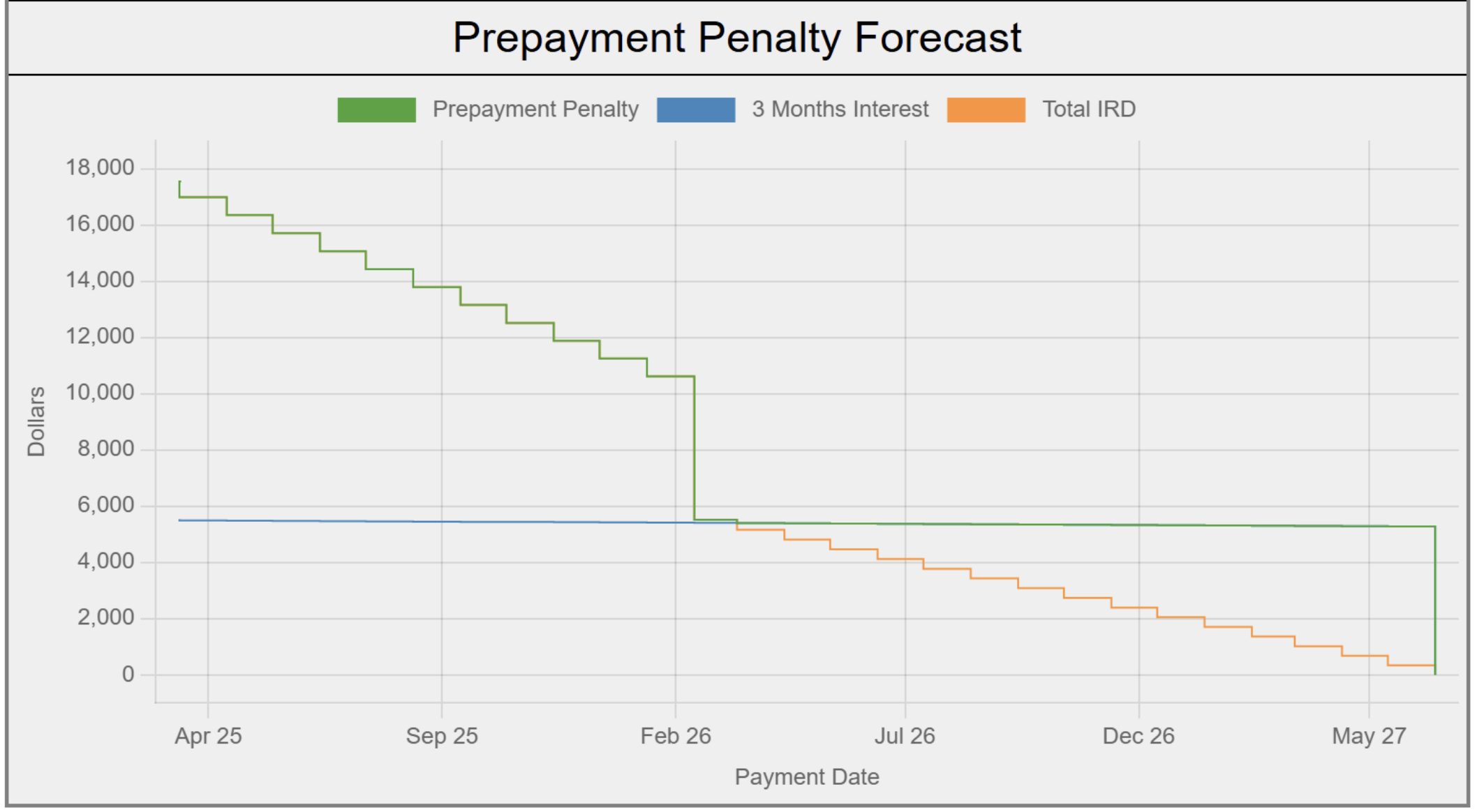
To virtually ensure a three-month interest penalty, a customer needs to be just eight months shy of their mortgage’s maturity, as illustrated in the RBC table below.
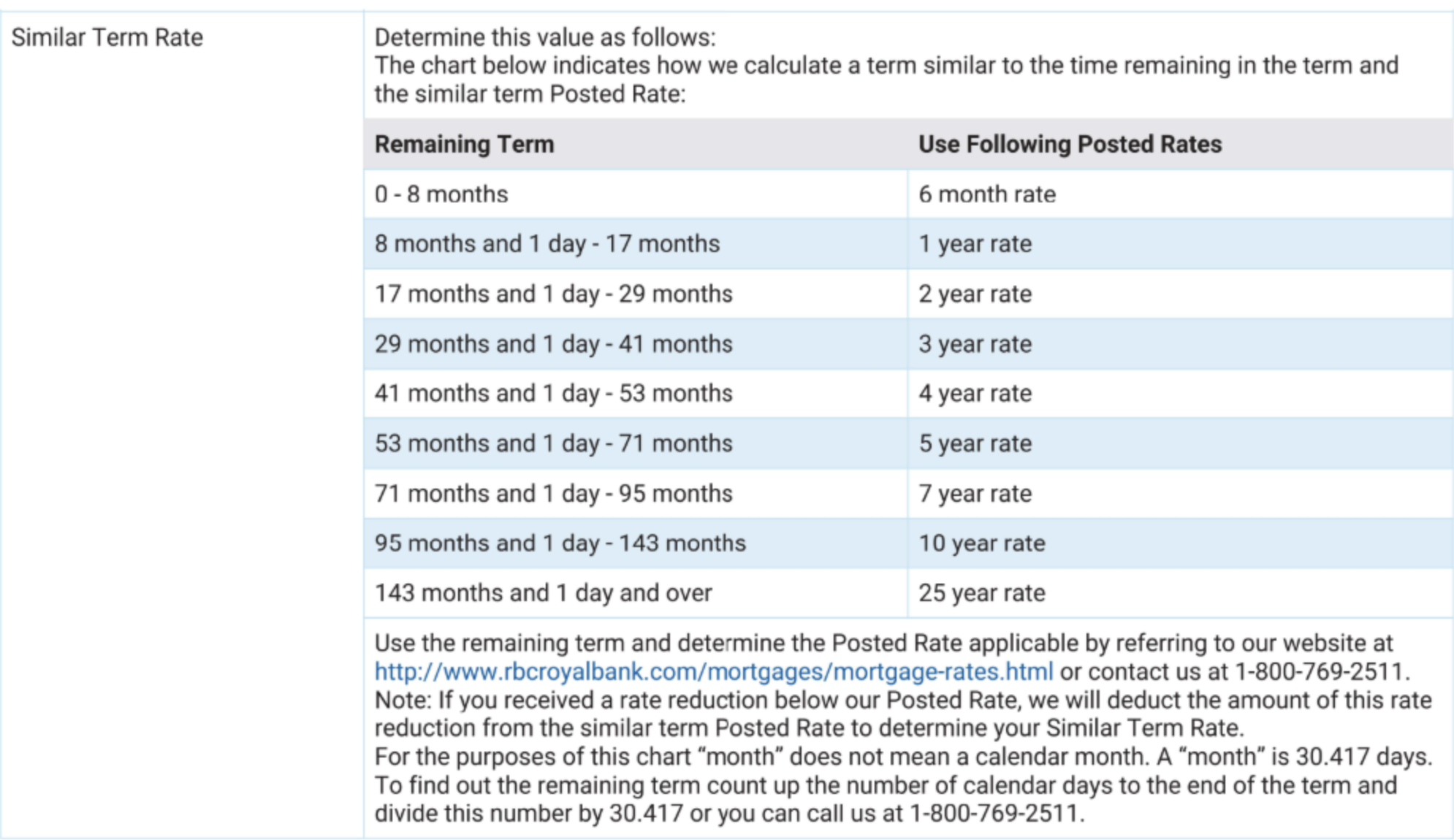
Watch out for TD customers
As Matt’s table below shows, TD’s posted rates are well above where they typically reside relative to bond yields. As a result, “I believe this sets the stage for what TD will inevitably do,” he says.
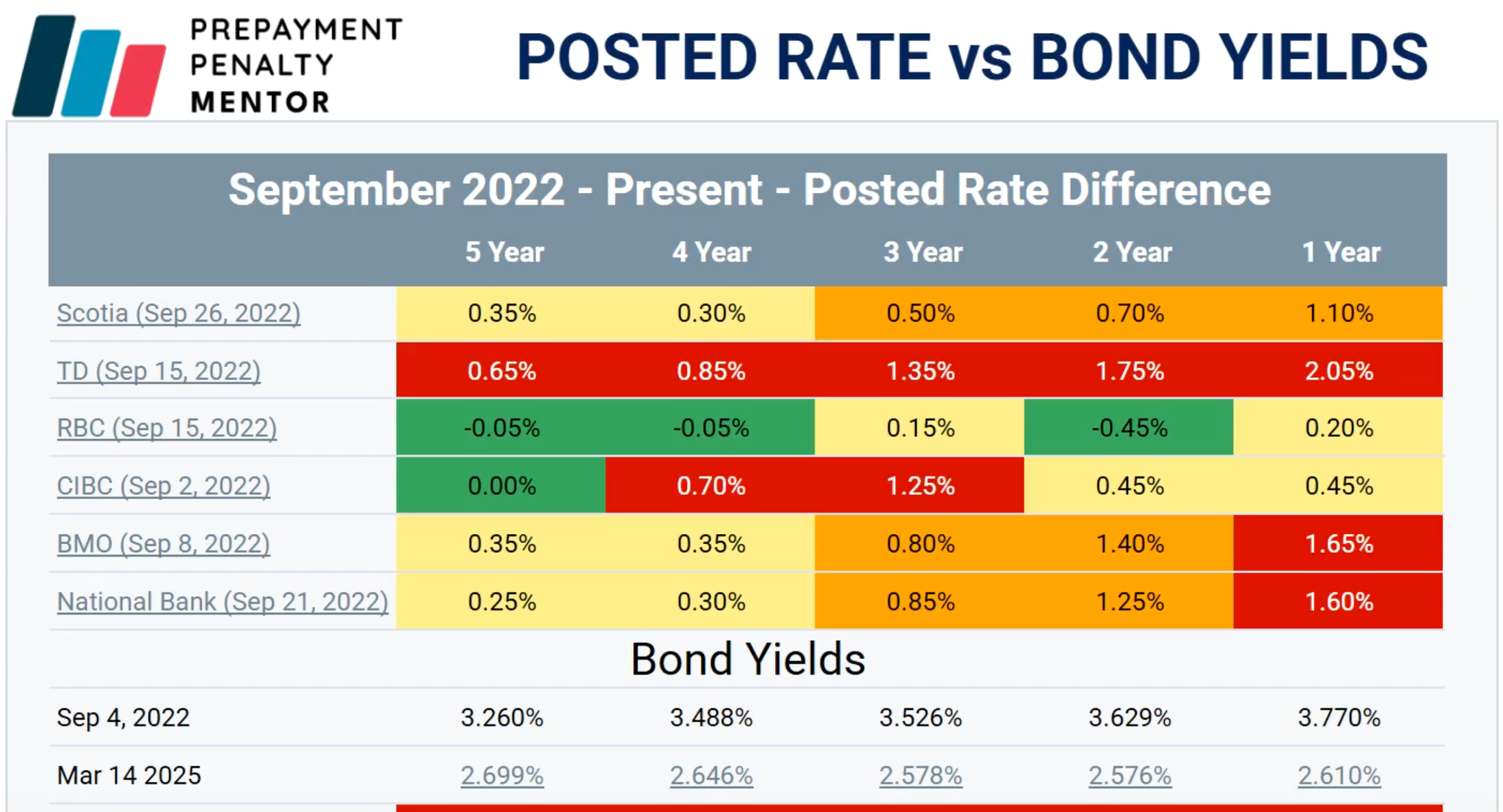
In cases where a client needs to refi, he adds that the risk of imminent posted rate changes at TD makes it too risky for brokers to get the deal approved elsewhere and then request discharge from TD. Time is money in this case.
“If a broker tries to get a payout order from TD today, TD can wait up to five business days,” Imhoff notes, adding that during that time, the penalty can go up.
In the event that early discharge makes clear sense, he says, “I am advising brokers to have their TD clients go to the branch, break the mortgage, pay the penalty while it is still on sale, and switch into an open.”
PPM has a great table (below) that also shows which terms at which banks are most prone to IRD penalties. Terms in red face IRD charges now, based on the assumptions the user enters. Terms in orange are at risk of being charged IRDs on the next posted rate drop.

It pays to know in advance when penalties make a refinance uneconomical. “There are brokers working on deals today that will never fund—all that wasted time, effort, money, just to get a payout that kills the deal.”

